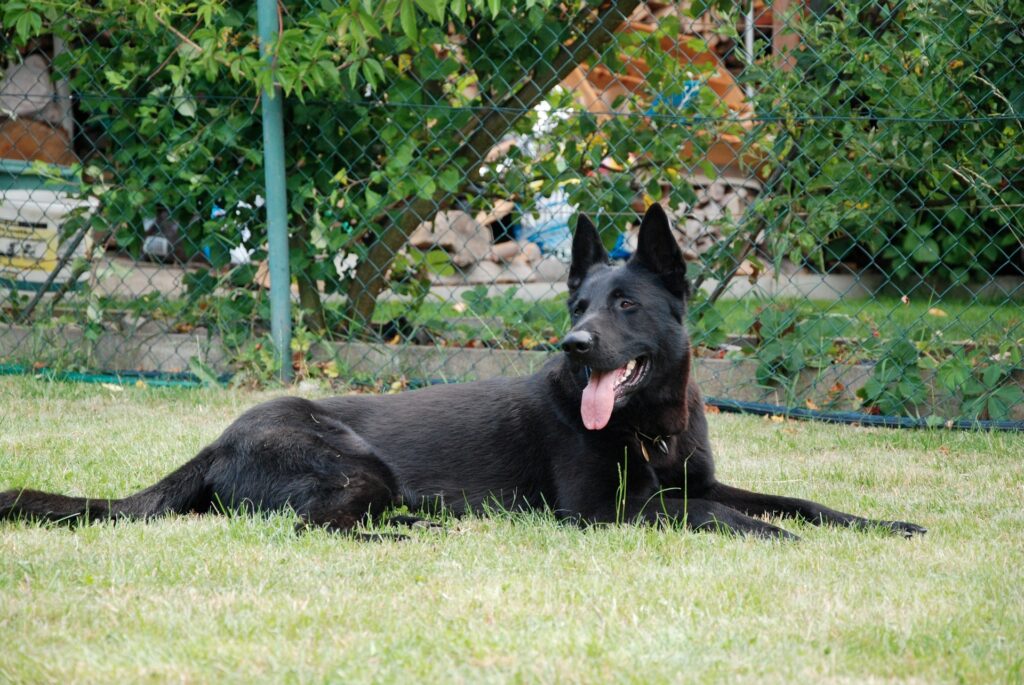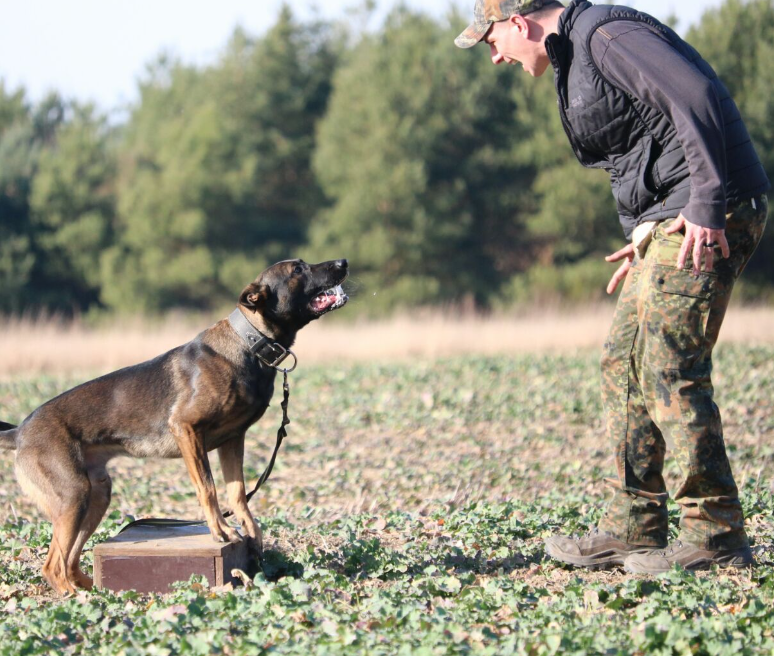
Welcoming a new puppy into your home is an exciting and joyful experience. From those adorable, floppy ears to the playful paws, puppies have a special way of stealing our hearts. But beyond the cuteness, there’s important work to be done to ensure your puppy grows up to be a well-adjusted, confident, and happy dog. Early training is the key to achieving this goal. In this blog, we’ll explore how early training can set the foundation for a lifetime of happiness and confidence for your furry friend.
The Importance of Early Training
Early training is not just about teaching your puppy commands like “sit” and “stay.” It’s about instilling good behavior, socializing your Dog, and building a strong foundation for their overall well-being. Here are some key reasons why early training is essential:
1. Socialization: Early training exposes your puppy to various people, animals, and environments. This helps them become well-adjusted and less likely to develop fear or aggression towards new experiences.
2. Behavior Management: Training your puppy from a young age sets expectations for behavior. It helps prevent destructive habits, such as chewing or excessive barking, from developing.
3. Safety: Basic commands like “come” and “stay” can be life-saving in certain situations. Training ensures that your puppy can respond to your cues promptly.
4. Communication: Training fosters effective communication between you and your puppy. This understanding forms the basis of your relationship.
5. Confidence Building: Early training helps your puppy build confidence and self-assuredness, making them more resilient and less anxious.
Key Components of Early Training
1. Basic Commands: Start with fundamental commands like “sit,” “stay,” “lie down,” and “come.” These provide structure and allow you to manage your puppy effectively.
2. Potty Training: Housebreaking is a significant aspect of early training. Consistency, positive reinforcement, and a regular schedule are key to successful potty training.
3. Crate Training: Crate TRAINING can provide your puppy with a secure and comfortable space. It also aids in housetraining and helps prevent destructive behavior when you’re not around.
4. Leash Training: Teaching your puppy to walk on a leash is crucial for their safety and your enjoyment of walks. Start with short, positive experiences and gradually build up to longer walks.
5. Socialization: Expose your puppy to a variety of people, animals, and environments. Socialization helps them feel comfortable in different situations and reduces the likelihood of fear-based aggression.
The Role of Positive Reinforcement
Positive reinforcement is a highly effective training method for puppies. It involves rewarding your puppy with treats, praise, and affection when they exhibit desired behaviors. This approach not only helps your puppy learn faster but also builds a strong bond between you and your pet.
When using positive reinforcement, remember the following:
- Immediate Rewards: Offer rewards promptly after your puppy performs the desired behavior.
- Consistency: Be consistent in your commands and rewards to avoid confusion.
- Patience: Puppies are still learning, so be patient and understanding.
- Avoid Punishment: Avoid harsh punishment, as it can create fear and undermine trust.
Seek Professional Help
While many aspects of early training can be done at home, it’s often wise to seek guidance from a professional dog trainer, especially if you’re dealing with specific challenges or behaviors. A qualified trainer can provide personalized guidance and support.
In Conclusion
Raising a happy and confident puppy through early training is an investment in the lifelong well-being of your furry friend. Early training lays the foundation for good behavior, socialization, and a strong bond between you and your puppy. Remember that patience, consistency, and positive reinforcement are the keys to success. As you embark on this training journey, you’re not just shaping your puppy’s future; you’re creating a happier, more harmonious life together.


